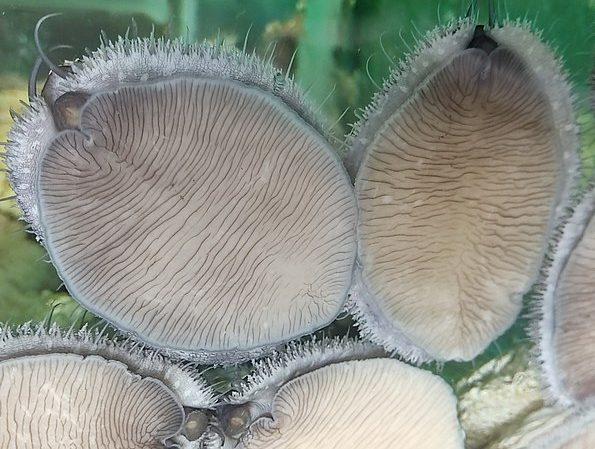The 2024 abalone season has kicked off early June on the southeastern seaboard of China in Fujian Province.
Each early summer, the province turns into a hub of activity as fishermen ferry the valuable sea snails to processors.
Abalone is a key summer delicacy which features in multiple Chinese dishes as a sauteé or stew dish.
This season, harvesters pine after a repeat of the summer 2023 season that culminated with 1 billion abalone catches in Fujian.
The province has helped edge national abalone production from 114,500 tonnes in 2014 to over 200,000 tonnes in 2020.
Indeed, China’s 2020 production levels represented 85% of the global catch, a highlight of a dedicated local industry. For instance, breeders at Lianjiang county in Fujian have developed new abalone strains that adapt to farming aquaculture and show disease resistance.
It is no surprise then that output in Fujian represented 79.2% of the total abalone production in China in 2021. The rest came from the eastern province of Shandong at 16.3% of the national output.
Award-winning Breeding
Fujian’s production had fallen prey to diseases in the 1990s and this spurred award-winning work on breeding new abalone.
One of the most successful breeds was “Lvpan abalone,” which unlike its predecessors was big and would eventually reach 500 g.
For developing this disease-resistant and sizable variety, developer You Weiwei of the College of Ocean and Earth Sciences at Xiamen University won a prize in 2020.
Pricey Abalone Season
With research comes pricey products, and hence, many consumers in China cannot afford abalone even in season.
For instance, in 2016 when production was below that in the 2020s, wholesale prices ranged from $25 to $26 a kg. The price average in 2023 at 100 yuan ($13.81) was also less than in 2022 at 120 yuan ($16.57) a kg.
The rate climbs each Spring Festival or the Chinese New Year as it coincides with high demand and low catches. In Jinan, the capital of Shandong province, wholesale prices during 2022’s Spring Festival peaked at 140 yuan ($19.33) a kg.
Thus, as China welcomes its new abalone season in Fujian, prices still rule. Could the input of the following statistics be the reason for the pricey snails?
China Abalone Statistics
China produces more abalone than any other country and consumes 90% of its output. In this way it doubles as the world’s number 1 producer and consumer of abalone.
How much is the annual market value of abalone production in China?
China raked in 20 billion yuan ($2.762 billion) in market value from abalone sales in 2020. This yearly amount emanated from exports and the product value chain of some 203,500 tonnes of abalone harvested in 2020.
Which is the main species of abalone in China?
Pacific abalone (Haliotis discus hannai) is the main species in production in China, alongside small abalone (Haliotis diversicolor supertexta). Both species thrive in sea and aquaculture farms. The biggest abalone farming county in China, Lianjiang in Fujian province, had 12 such aquaculture and processing plants in 2022 with an annual production value worth 900 million yuan ($124.29 million).
